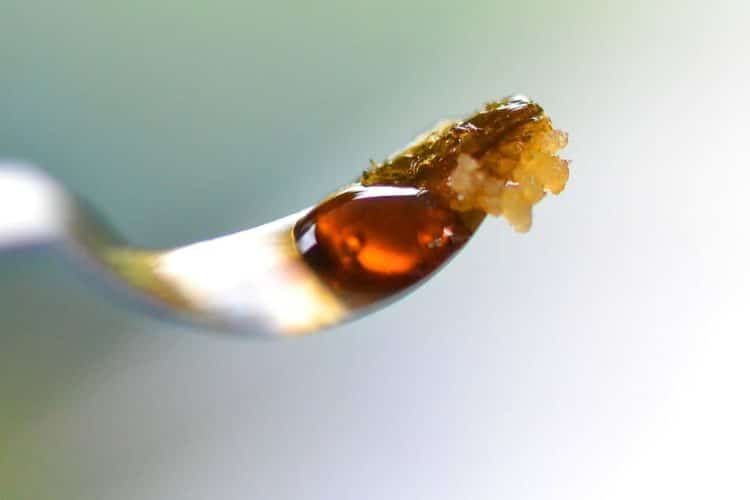Investigating the effects of supercritical carbon dioxide (scCO2) density modifications can help defining the best parameters to improve cannabinoids yield in the final cannabis extract. [1] Carbon dioxide can reach its supercritical state at relatively low temperature and it has been widely used as extraction solvent for thermolabile compounds: once above its critical temperature and pressure (31.0 °C, 73.8 bar), CO2 expands to fill its container completely like a gas, but keeping the density like that of a liquid. Ethanol can be commonly used as co-solvent in order to improve and refine CO2 polarity, which can otherwise dissolve mainly non-polar substances. The effects of ethanol as co-solvent have been investigated recently at different scCO2 conditions, going from low (231 kg/m3), medium (590 kg/m3), and high (818 kg/m3 and 911 kg/m3) estimated densities as functions of temperature and pressure. [1] Performing the extractions for 3 hours and with 0.5 mL of ethanol for 1g of cannabis sample (5% w/v), the solubility of tetrahydrocannabinol (THC) , cannabidiol (CBD) and their relatives carboxylic acids (THCA and CBDA) have been examined. All the samples were decarboxylated in order to improve the amount of neutral cannabinoids in the final extract. It was noticed that high operating densities, thus high pressures, yielded greater amounts of THC and CBD. Nevertheless, at very high density (911 kg/m3) the solubility of these cannabinoids in scCO2 started to decrease, because of the limited ability of the solvent to diffuse through the sample: the low rate of solute mass transfer due to the increased density, appeared as a limitation for the final extract yield. In this study the highest cannabinoids concentration was obtained using ethanol (5% w/v) and high density (818 kg/ m3 ) scCO2 at 250 bar and 47°C: with these paramters, the percentages of CBD and THC were 19.05% and 13.73% w/v respectively, while with conventional solvent extraction method using only ethanol the highest amount of CBD and THC reached were 12.65% and 13.10% w/v respectively. The small volume of ethanol employed as co-solvent in this study was adopted to reduce the amount of chlorophyll co-subilizing along with target cannabinoids in the final extract. More studies should be done on co-solvent and extraction solvent density to evaluate the best scCO2 conditions to improve selectivity of cannabinoids extraction.
References
[1] Qamar S. et al. Effects of Ethanol on the Supercritical Carbon Dioxide Extraction of Cannabinoids from Near Equimolar (THC and CBD Balanced) Cannabis Flower. Separations 2021,8,154. https:// doi.org/10.3390/separations8090154 [Journal Impact Factor =1.900 ] [Times cited = 0]
Image: https://pixabay.com/it/photos/cannabis-erba-pentola-marijuana-3587706/











